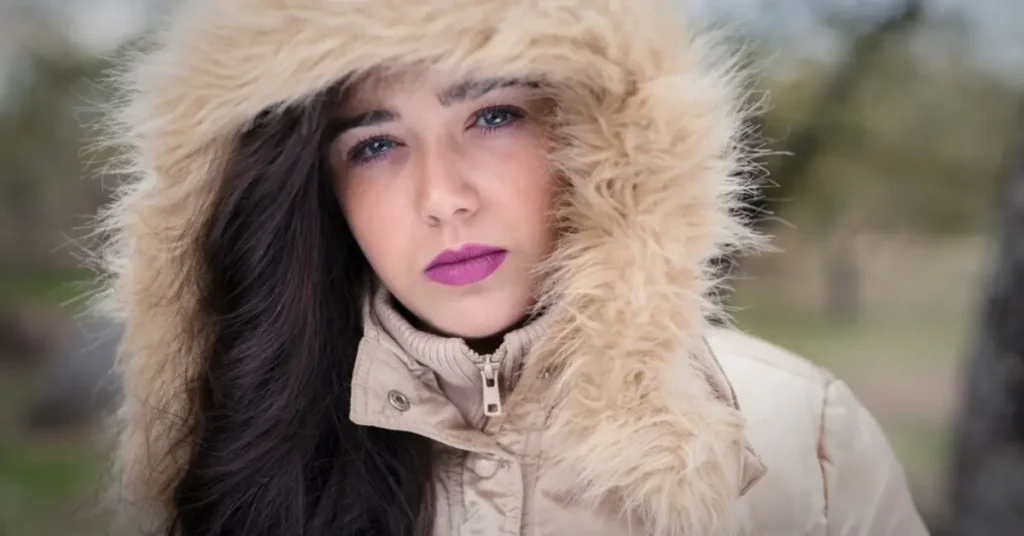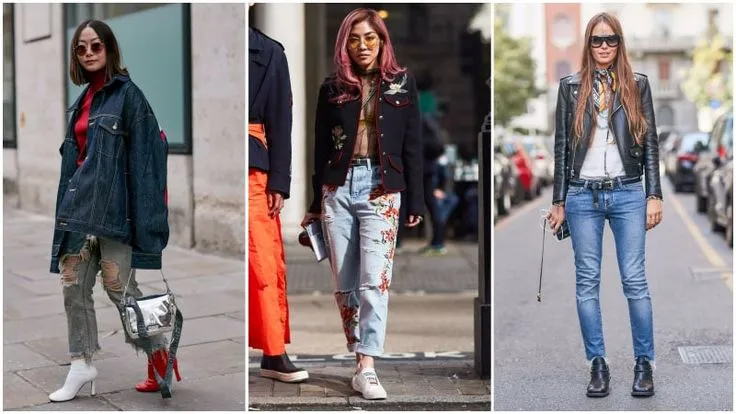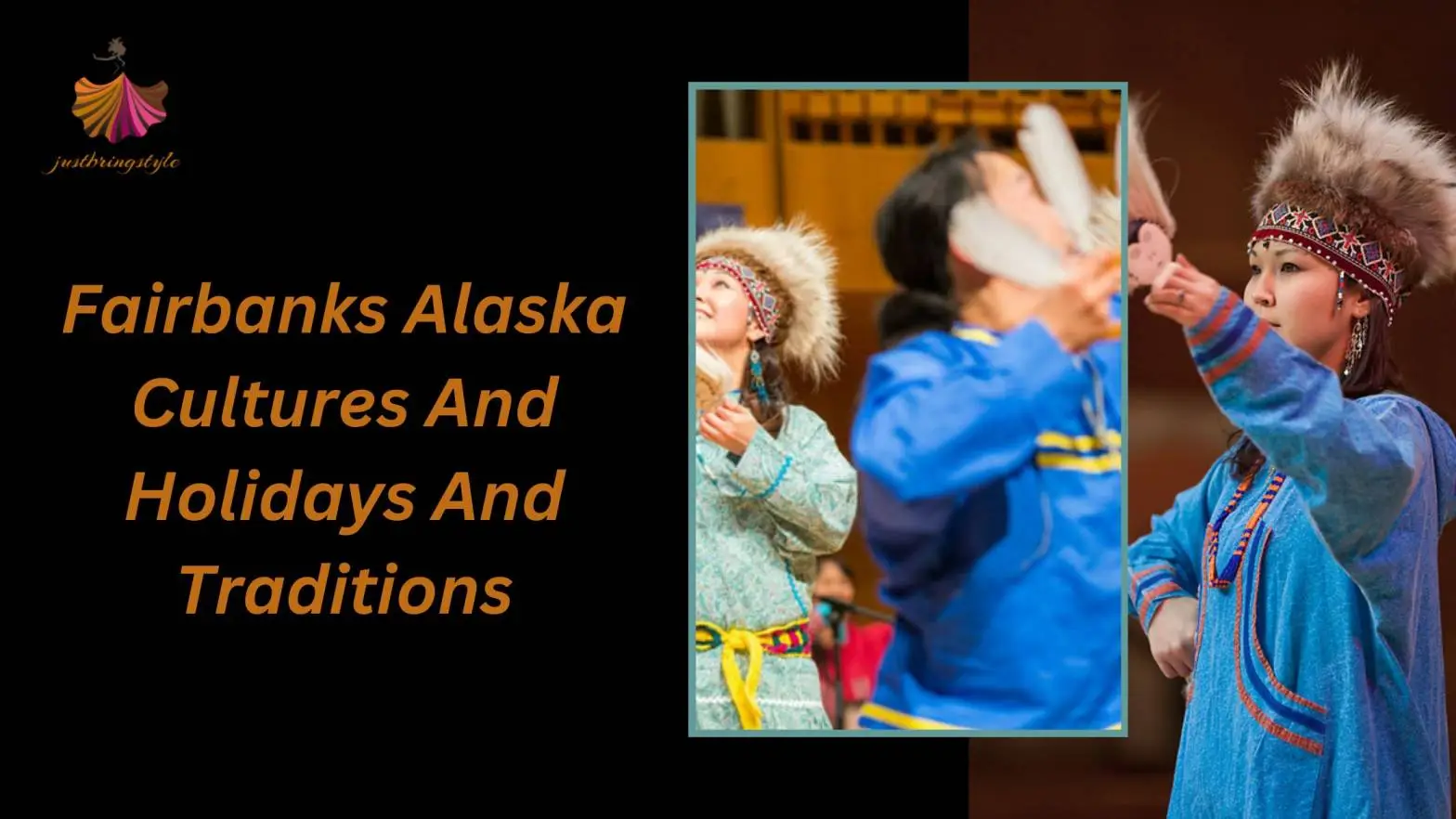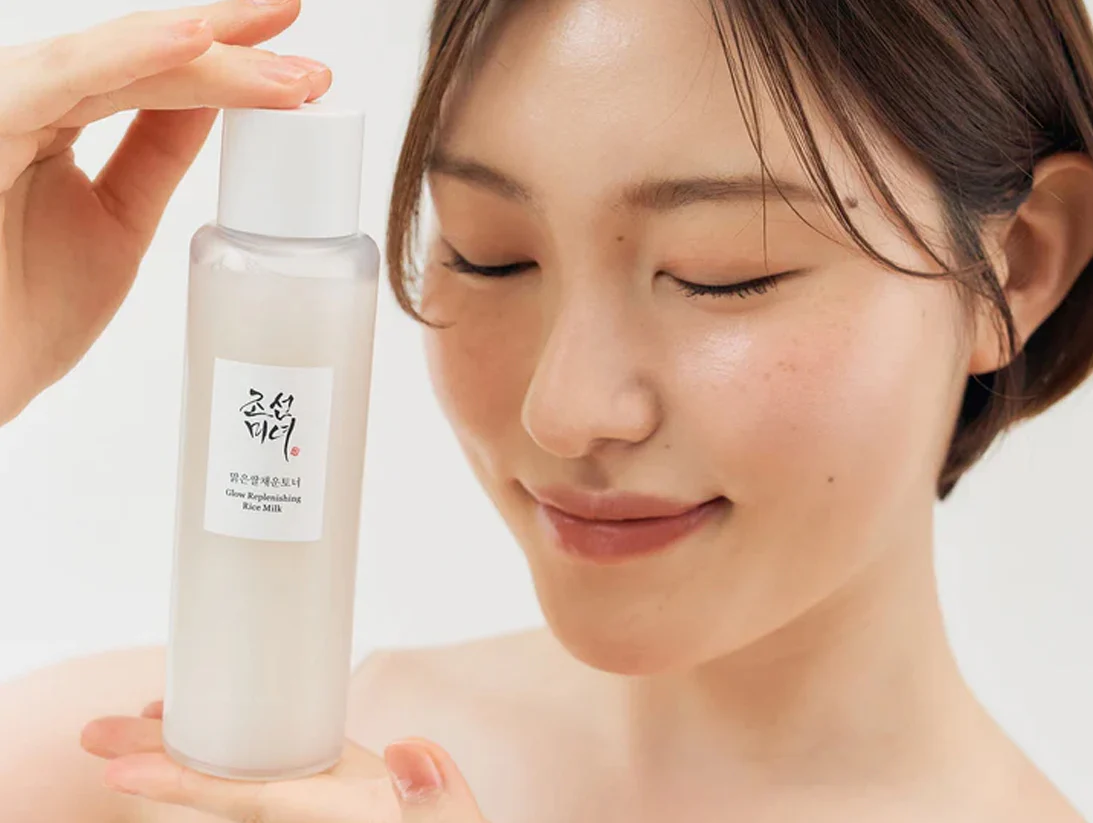When Fur First Came into Fashion NYT? Fur has been a staple in the world of fashion for centuries, adorning the shoulders of royalty, gracing the silver screen, and sparking heated debates. But when did fur first come into fashion? Let’s embark on a journey through time to uncover the origins and evolution of this controversial yet enduring material in the realm of style.
The Prehistoric Roots of Fur Fashion

Long before the New York Times reported on fashion trends, our ancestors were pioneering the use of fur. Neanderthals and early humans didn’t have the luxury of choosing between faux and real fur – they wore animal pelts out of sheer necessity. But even then, there was an element of style.
Read Also: Vintage Womans Damask Fashion: Wedding Weekend Ideas
Archaeological evidence suggests that as far back as 170,000 years ago, humans were using tools to scrape and treat animal hides. These weren’t just for warmth; they were likely status symbols too. Imagine a caveman strutting around in a saber-toothed tiger pelt – that’s prehistoric haute couture!
Fur in Ancient Civilizations: From Pharaohs to Caesars
As civilizations developed, fur transitioned from a survival tool to a luxury item. In ancient Egypt, pharaohs draped themselves in leopard skins, not just for warmth in the desert nights, but as a symbol of their divine right to rule.
Meanwhile, in Greece and Rome, fur became a mark of wealth and power. Senators and emperors wore fur-trimmed togas, setting themselves apart from the common folk. It’s worth noting that When Fur First Came into Fashion NYT, it was often reserved for the elite.
The Middle Ages: Fur’s Golden Era
The Middle Ages saw fur reach new heights of popularity. European royalty couldn’t get enough of it, and the fur trade became a major economic force. Ermine, in particular, became synonymous with monarchy – just think of those regal portraits with fur-trimmed capes.
Interestingly, sumptuary laws were enacted to regulate who could wear certain types of fur. These laws essentially said, “You can’t sit with us” to anyone not of noble birth who dared to don luxurious furs.
“In the Middle Ages, a person’s worth was often measured by the furs they wore.” – Medieval Fashion Historian
Renaissance to Baroque: Fur’s Evolution in High Society
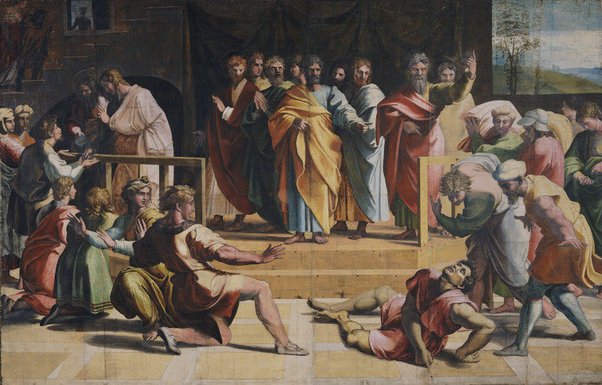
As we move into the Renaissance and Baroque periods, fur continued to play a starring role in fashion. Portraits from this era are a testament to fur’s enduring appeal among the wealthy. Fur-trimmed gowns and coats weren’t just about keeping warm – they were a canvas for showing off one’s status and refined taste.
The global fur trade exploded during this time, with trappers venturing into the New World in search of exotic pelts. This period marked a significant turning point in When Fur First Came into Fashion NYT?
Case Study: The Hudson’s Bay Company Founded in 1670, the Hudson’s Bay Company played a crucial role in the North American fur trade. It became so powerful that it essentially governed large portions of Canada for many years, all in the pursuit of fashionable furs.
Read Also: The Evolution of Fashion Trends for Teenage Guys
The 18th and 19th Centuries: Fur’s Fashion Revolution
As we enter the modern era, fur became more accessible to the growing middle class. The Industrial Revolution made fur production more efficient, and new preservation techniques allowed for more varied and durable fur products.
Russian aristocracy had a significant influence on fur trends during this time. The opulent fur-lined coats of the Tsars and Tsarinas set the standard for winter luxury across Europe and beyond.
Popular 19th Century Fur Fashion Items:
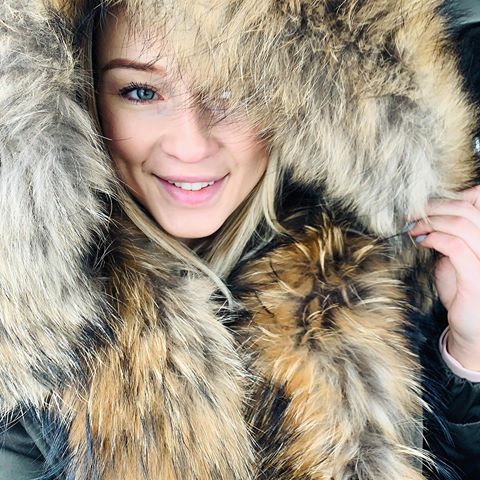
Fur muffs
Fur-trimmed cloaks
Fur stoles
Fur hats
The Early 20th Century: Hollywood and Fur’s Glamour Age
The 20th century saw fur reach new heights of glamour, largely thanks to Hollywood. Silent film stars wrapped themselves in luxurious fur coats, cementing fur’s status as the ultimate symbol of elegance and success.
Read Also: Do You Wear Black To A Celebration Of Life
In the 1950s, fur played a crucial role in defining Christian Dior’s “New Look.” The New York Times fashion pages were filled with images of women in fur-trimmed suits and coats, epitomizing post-war prosperity and femininity.
Modern Controversies and Alternatives
In recent decades, the fur industry has faced significant challenges. Animal rights movements have raised awareness about the ethical implications of fur production, leading to anti-fur campaigns and changing public perceptions.
This shift has given rise to faux fur and other sustainable alternatives. Many fashion houses have pledged to go fur-free, reimagining luxury without the use of animal pelts.
Conclusion
From its humble beginnings as a survival necessity to its reign as a luxury status symbol, fur has had a long and complex journey in the world of fashion. While its future remains uncertain, its historical significance is undeniable.
As we’ve seen, When Fur First Came into Fashion NYT, depending on how you define “fashion.” From prehistoric pelts to Hollywood glamour, fur has been shaping our style choices for millennia.

